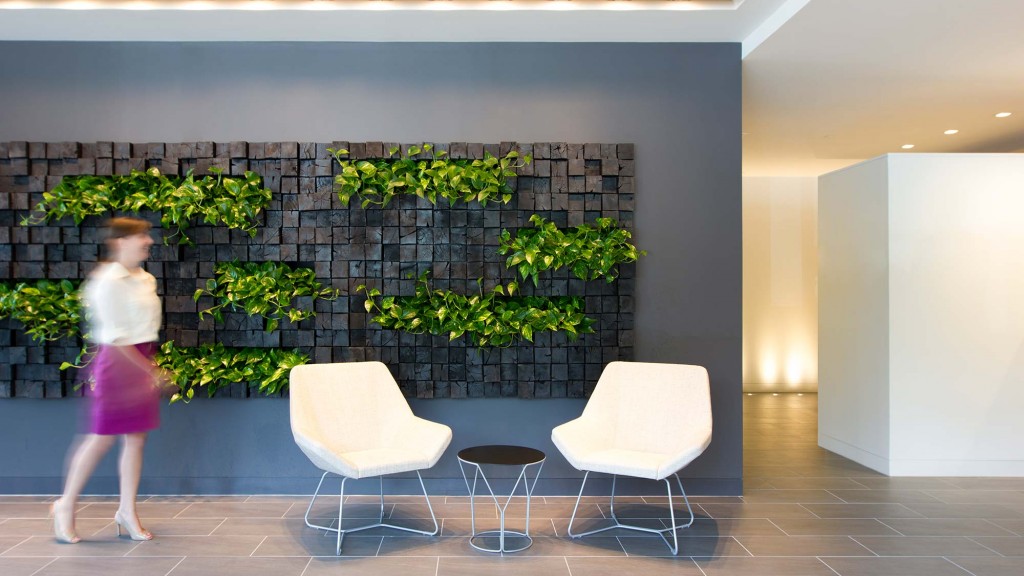Can hotels afford to ignore sustainability?
Hospitality Sustainability Study
What We Did
We surveyed 10 hotel properties around the United States, asking questions regarding sustainable strategies related to water consumption and conservation, lighting, energy, HVAC, electricity, and consumer interest. We mapped the properties across key cost and performance indicators to arrive at an operation footprint for each property. We then analyzed the data through three different lenses: an average across all properties; category rating (luxury, upscale, midscale); and region. We used this information to develop business-case recommendations for strategies new and existing hotels should consider when seeking to reduce energy costs and improve sustainable performance.
The Context
At the time of the research, the average annual utility cost per available room in the US lodging industry increased from $254 in 1970 to $2,438 in 2008. That’s an overall increase of 860%, averaging 22% per year or 6.1% compound annual growth rate (CAGR). Over that same time period, total hotel revenue averaged only 5% CAGR, and all hotel operating expenses averaged only 3.1% CAGR. Utility costs are growing significantly faster than other operating expenses, and faster than hotel revenue, making a strong business case for hotels to seek ways to save money on utilities.
The Results
Hotel projects designed or upgraded to meet a more restrictive energy code such as Title 24 or ASHRAE 90.1 showed lower energy use intensity and a reduced carbon footprint. On average, these properties had 11.4% lower energy use per square foot and 31.3% lower CO2 emissions per square foot. Hotel projects designed or upgraded to use fewer watts per square foot (lighting power density) showed an average 8.9% lower energy use, 8.2% lower CO2 emission, and 37% lower energy costs.
Hotels with Variable Frequency Drive (VFD) integrated HVAC systems showed better performance in all four key energy indicators: average site energy use intensity (EUI), average source EUI, carbon footprint, and annual energy costs ($/sf/yr). Hotel projects designed or upgraded with VFD integrated HVAC systems showed an average 14% lower energy use/sf, 45% lower CO2 emissions/ sf and 26% lower energy costs ($/sf/yr) than projects that do not have VFDs installed and operational.
What This Means
Employ daylighting strategies. Daylighting improves lighting performance and efficiency. While dimming systems or automatic timing controls were in use by many of the facilities surveyed, implementation was not wholesale.
Install low-flow plumbing fixtures. Use in guest rooms, public areas, and back-of-house is essential. These should be considered baseline strategies to be employed on all properties. The biggest opportunity to implement these strategies currently exists in the midrange market.
Upgrade HVAC systems with VFDs. Variable Frequency Drives (VFDs) continue to prove to be one of the most successful energy management tools applied to building HVAC systems.
Promote linen reuse and recycling programs. These strategies are of particular consumer interest. Smoke-free hotels are also important to consumers.
What’s Next?
We continue to implement LEED and other sustainable design strategies into our hospitality projects, including work at the Ritz-Carlton and JW Marriott at L.A. LIVE, the Kimpton Hotel Palomar and Hotel Monaco in Philadelphia, and Shore Hotel in Santa Monica. Our growing LEED scorecard database is also an opportunity to continue to mine for insights.
Learn More
Team
Ed Grun, Tom Ito, Brett Blumenthal, Kirsten Ritchie, Thompson Engineering (research partner), PKF Hospitality (research partner)
Year Completed
2009
Comments or ideas for further questions we should investigate?
